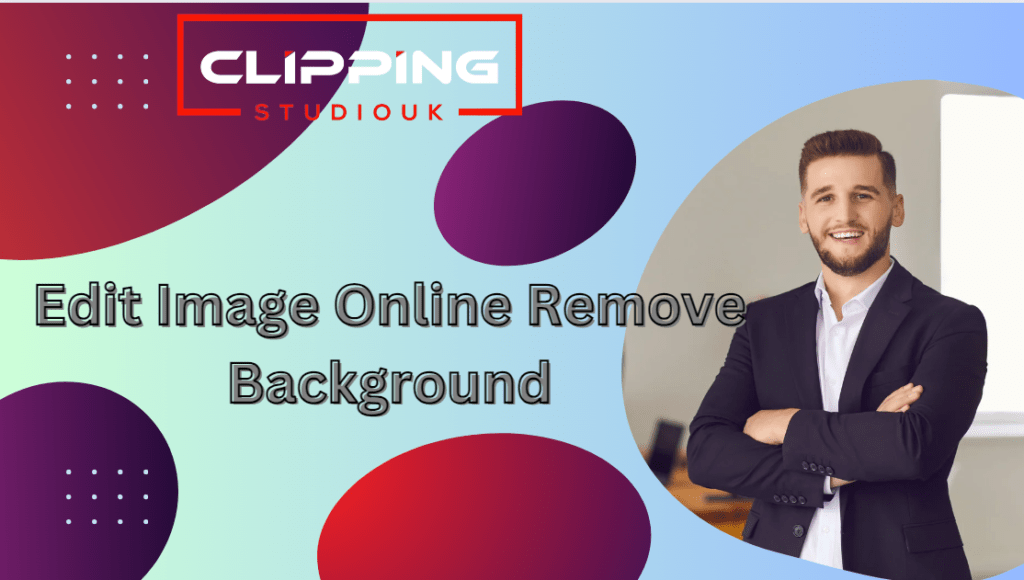Introduction to Photo Editing Software
As a passionate photographer, I’ve always been fascinated by the art of photo editing. The right software can transform a good photo into a masterpiece, allowing you to unleash your creative potential. In this comprehensive guide, I’ll explore the best photo editing software options available, highlighting their key features, strengths, and weaknesses to help you make an informed decision.
Factors to Consider When Choosing the Best Photo Editing Software
When it comes to selecting the best photo editing software, there are several factors to consider:
Ease of Use: The software should have an intuitive interface that allows you to navigate through the various tools and features with ease, especially if you’re a beginner.
Functionality: The software should offer a wide range of editing tools and features, including basic adjustments (e.g., exposure, color, contrast) as well as advanced techniques (e.g., layer management, masking, compositing).
Performance: The software should be responsive and efficient, with the ability to handle large file sizes and complex edits without slowing down your workflow.
Platform Compatibility: Ensure that the software is compatible with your operating system (e.g., Windows, macOS, or even mobile devices).
Price and Licensing: Consider your budget and whether you prefer a one-time purchase, a subscription-based model, or a free/open-source option.
Community and Support: Look for software with a strong user community and robust support resources, such as tutorials, forums, and customer service.
Comparison of Popular Photo Editing Software Options
Now, let’s dive into the details of some of the most popular photo editing software options:
Adobe Photoshop
Overview: Adobe Photoshop is the industry-standard photo editing software, renowned for its comprehensive set of tools and features. It offers unparalleled control over image manipulation, allowing you to perform advanced tasks such as layer-based editing, masking, and compositing.
Pros:
- Extensive toolset for professional-level editing
- Highly customizable interface
- Powerful layer management
- Integrates seamlessly with other Adobe Creative Cloud applications
Cons:
- Steep learning curve for beginners
- Subscription-based pricing model
- Resource-intensive, requiring a powerful computer
Adobe Lightroom
Overview: Adobe Lightroom is a powerful photo management and editing software, designed to streamline the workflow for photographers. It offers a non-destructive editing approach, allowing you to make adjustments without permanently altering the original image.
Pros:
- Efficient photo organization and management
- Robust set of editing tools, including presets and profiles
- Seamless integration with Photoshop
- Excellent for batch processing and image exporting
Cons:
- Limited advanced editing capabilities compared to Photoshop
- Subscription-based pricing model
- Steep learning curve for some features
GIMP
Overview: GIMP (GNU Image Manipulation Program) is a free and open-source photo editing software. It offers a wide range of tools and features, making it a viable alternative to commercial software like Photoshop.
Pros:
- Free and open-source software
- Extensive feature set, including layers, masks, and advanced editing tools
- Active community and robust support resources
- Cross-platform compatibility (Windows, macOS, Linux)
Cons:
- User interface may feel less intuitive compared to commercial software
- Limited support for some file formats and advanced features
- Steep learning curve for beginners
Corel PaintShop Pro
Overview: Corel PaintShop Pro is a comprehensive photo editing and graphic design software. It offers a user-friendly interface and a range of tools for both beginners and advanced users.
Pros:
- Affordable one-time purchase option
- Intuitive interface with a shallow learning curve
- Versatile set of editing tools and features
- Supports a wide range of file formats
Cons:
- May lack some advanced features found in Photoshop
- Limited integration with other creative applications
- Smaller user community compared to Photoshop or Lightroom
Capture One
Overview: Capture One is a professional-grade photo editing and RAW file processing software. It is known for its excellent image quality, color management, and workflow optimization.
Pros:
- Exceptional image quality and color accuracy
- Advanced RAW file processing capabilities
- Customizable interface and powerful tools
- Efficient tethered shooting and file management
Cons:
- Steeper learning curve compared to some other options
- Subscription-based pricing model
- May be overkill for casual or hobbyist photographers
Affinity Photo
Overview: Affinity Photo is a powerful, affordable, and user-friendly photo editing software. It offers a robust set of tools and features, making it a viable alternative to Adobe Photoshop.
Pros:
- One-time purchase option, no subscription required
- Intuitive interface and shallow learning curve
- Advanced editing capabilities, including layers, masks, and compositing
- Cross-platform compatibility (Windows, macOS, iPad)
Cons:
- Smaller user community compared to Photoshop
- May lack some specialized features found in professional-grade software
- Limited integration with other creative applications
Conclusion and Final Thoughts
In the ever-evolving world of photo editing software, there is no one-size-fits-all solution. The “best” software ultimately depends on your specific needs, skill level, and budget. While Adobe Photoshop and Lightroom remain industry leaders, other options like GIMP, Corel PaintShop Pro, Capture One, and Affinity Photo offer compelling alternatives, each with their own unique strengths and features.
Ultimately, the best photo editing software for you is the one that fits your workflow, budget, and creative aspirations. Experiment with different options, read reviews, and try out free trials to find the perfect tool to elevate your photography to new heights. Happy editing!






